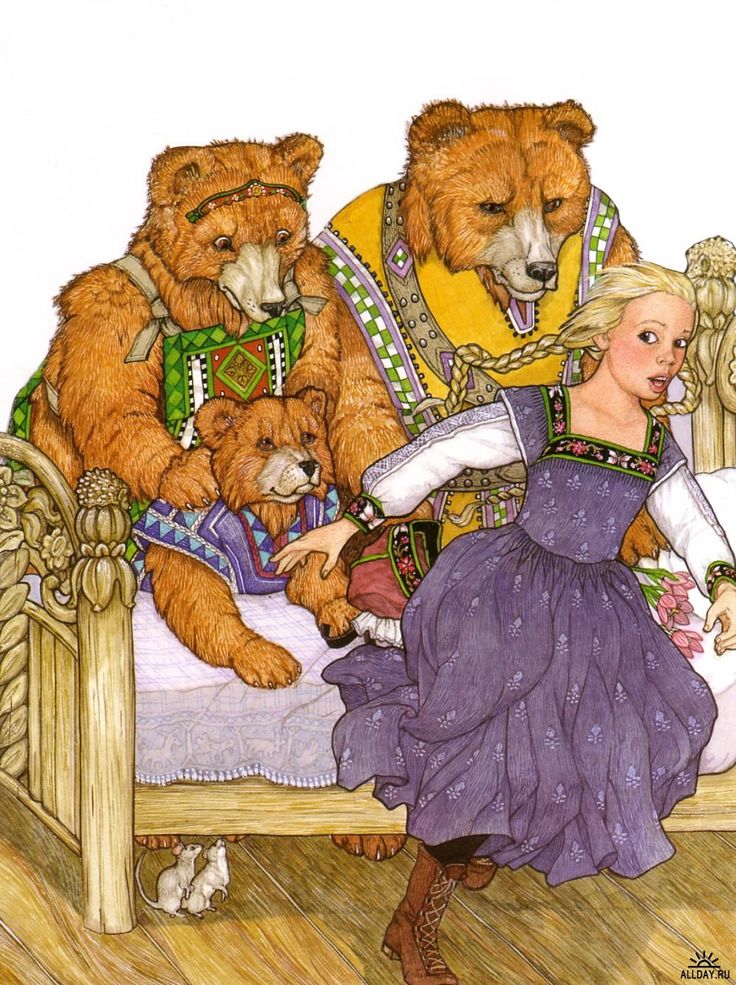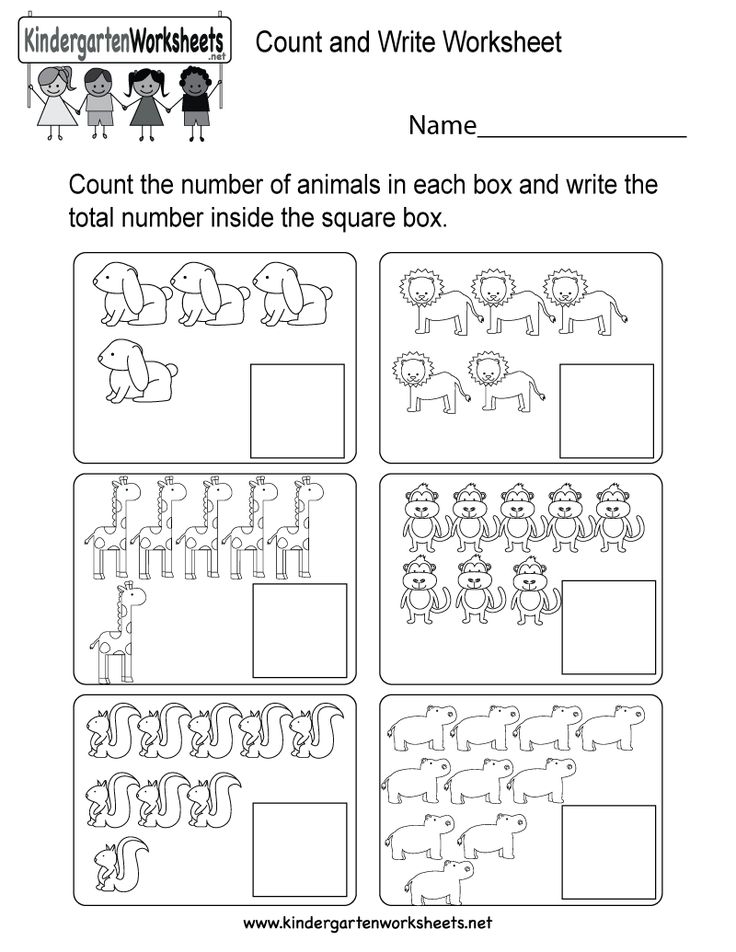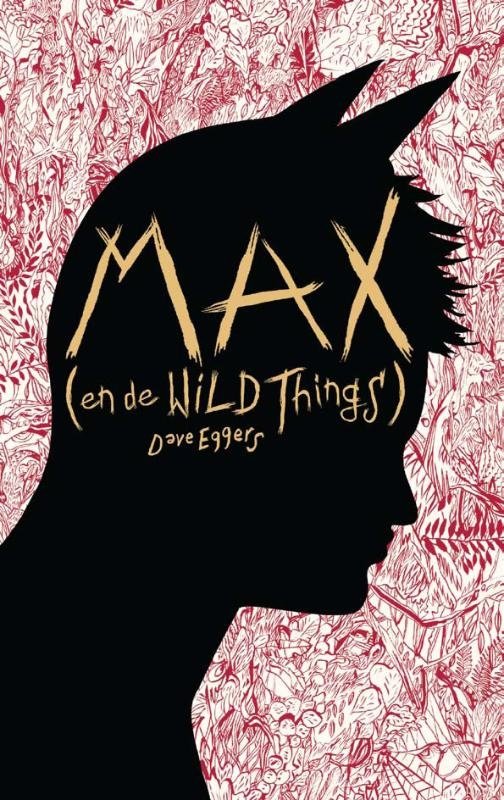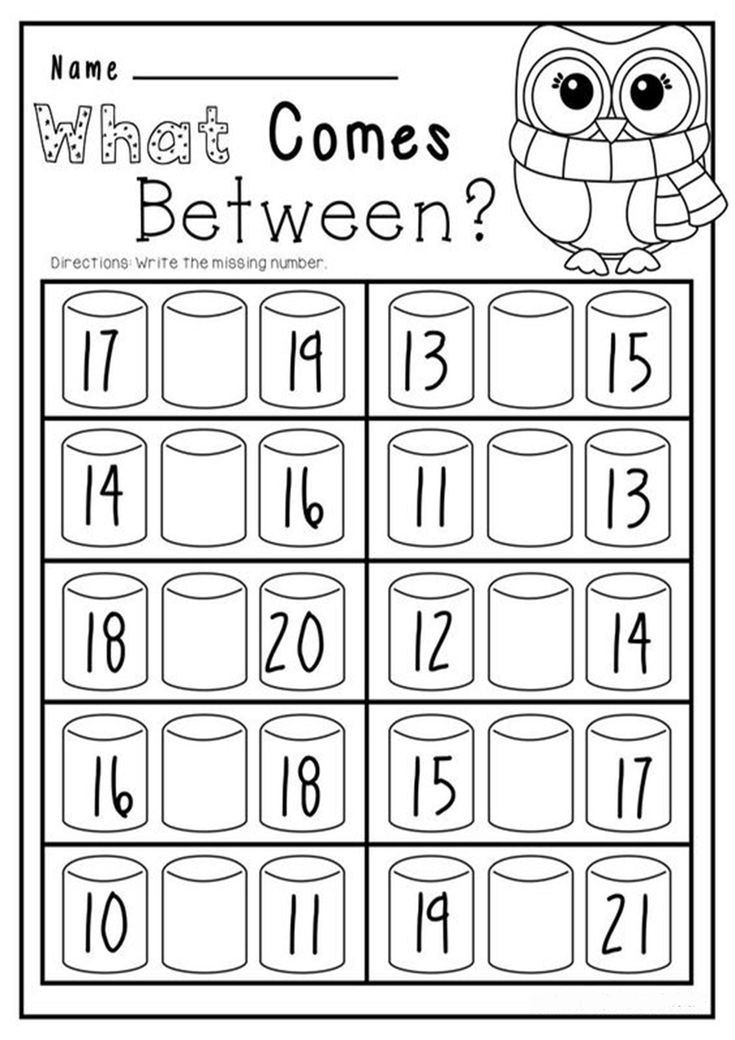Kitten's first full moon
Kitten's First Full Moon
None HOMER is an early learning program for kids ages 2-8. It includes access to hundreds of interactive stories and a personalized learn-to-read plan. Try it free for 30 days! When Kitten wakes up to her first full moon, she thinks it’s a bowl of milk in the sky. She dreams of having it! Closing her eyes, she stretches her neck and opens her mouth to lap it up but only catches a bug. She runs down the sidewalk and over the fields to a pond, but the bowl of milk is still so far away. She climbs a tree to see if she can reach it. Poor Kitten—that doesn’t work. But in the pond is a larger bowl of milk! She races down the tree, through the grass, and SPLASH into the pond, only to get wet. Defeated, she makes her way back home. What do you think is waiting for her there? show full description Show Short DescriptionBedtime Stories
Find your child's favorite bedtime stories. With a collection of animated stories, you are sure to find a story your child will love. From classics like Kitten's First Moon to new favorites like Goodnight, Goodnight Construction Site.
view all
Goodnight, Goodnight Construction Site
Kitten's First Full Moon
Night Boy
Happy Birthday Moon
One membership, two learning apps for ages 2-8.
TRY IT FOR FREE
Full Text
It was Kitten’s first full moon. When she saw it, she thought, “There’s a little bowl of milk in the sky.” And she wanted it. So she closed her eyes and stretched her neck and opened her mouth and licked. But Kitten only ended up with a bug on her tongue. Poor Kitten! Still, there was the little bowl of milk, just waiting. So she pulled herself together and wiggled her bottom and sprang from the top step of the porch. But Kitten only tumbled— bumping her nose and banging her ear and pinching her tail. Poor Kitten! Still, there was the little bowl of milk, just waiting. So she chased it— down the sidewalk, through the garden, past the field, and by the pond. But Kitten never seemed to get closer. Poor Kitten! Still, there was the little bowl of milk, just waiting. So she ran to the tallest tree she could find, and she climbed and climbed and climbed to the very top. But Kitten still couldn’t reach the bowl of milk, and now she was scared. Poor Kitten! What could she do? Then, in the pond, Kitten saw another bowl of milk, and it was bigger. What a night! So she raced down the tree and raced through the grass and raced to the edge of the pond. She leaped with all her might— Poor Kitten! She was wet and sad and tired and hungry. So she went back home. And there was a great big bowl of milk on the porch, just waiting for her. Lucky Kitten!
But Kitten only tumbled— bumping her nose and banging her ear and pinching her tail. Poor Kitten! Still, there was the little bowl of milk, just waiting. So she chased it— down the sidewalk, through the garden, past the field, and by the pond. But Kitten never seemed to get closer. Poor Kitten! Still, there was the little bowl of milk, just waiting. So she ran to the tallest tree she could find, and she climbed and climbed and climbed to the very top. But Kitten still couldn’t reach the bowl of milk, and now she was scared. Poor Kitten! What could she do? Then, in the pond, Kitten saw another bowl of milk, and it was bigger. What a night! So she raced down the tree and raced through the grass and raced to the edge of the pond. She leaped with all her might— Poor Kitten! She was wet and sad and tired and hungry. So she went back home. And there was a great big bowl of milk on the porch, just waiting for her. Lucky Kitten!
1
We take your child's unique passions
2
Add their current reading level
3
And create a personalized learn-to-read plan
4
That teaches them to read and love reading
TRY IT FOR FREE
Kitten's First Full Moon by Kevin Henkes
Kevin Henkes
Rate this book
The nationally bestselling picture book about a kitten, the moon, and a bowl of milk, written by the celebrated author and illustrator Kevin Henkes, was awarded a Caldecott Medal.
From one of the most celebrated and beloved picture book creators working in the field today comes a memorable new character and a suspenseful adventure just right for reading and sharing at home and in the classroom. It is Kitten's first full moon, and when she sees it she thinks it is a bowl of milk in the sky. And she wants it. Does she get it? Well, no . . . and yes. What a night!
A brief text, large type, and luminescent pictures play second fiddle to the star of this classic picture book—brave, sweet and lucky Kitten! "Henkes's text, reminiscent of Margaret Wise Brown's work in the elemental words, rhythms, and appealing sounds, tells a warm, humorous story that's beautifully extended in his shimmering, gray-toned artwork."—ALA Booklist
Winner of the Caldecott Medal, an ALA Notable Book, a New York Times Best Illustrated Book, and winner of the Charlotte Zolotow Award
Supports the Common Core State Standards
40 pages, Hardcover
First published March 2, 2004
About the author
Kevin Henkes became an author/illustrator when he was nineteen years old, working on a card table in his bedroom.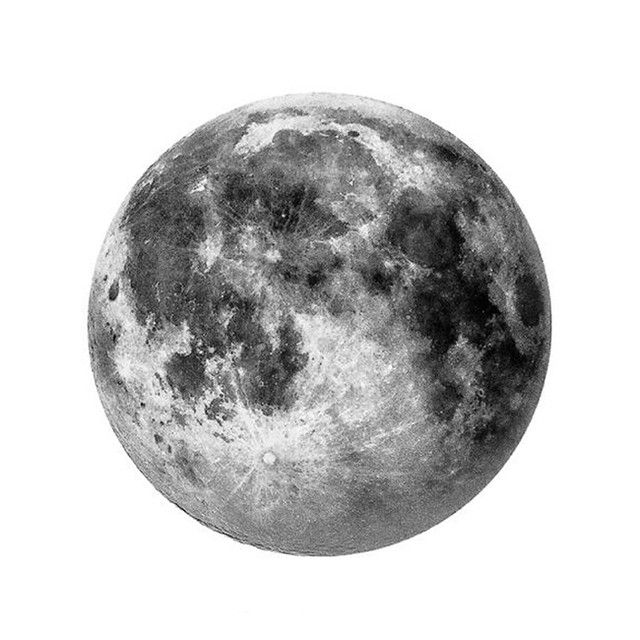
Today he's the author of many award-winning picture books and novels.
What do you think?
Rate this book
Search review text
Displaying 1 - 30 of 2,383 reviews
Sheri
1,095 reviews37 followers
November 1, 2018I enjoyed this delightful story of one precious kitten’s capers as she homes in on what she believes to be a tasty bowl of milk, only to be met with disappointment. Her determination doesn’t wane and eventually she finds what she desires in the best place of all. The story really captures the spirit of a kitten, playful, inquisitive, and cute!
- 2018 cats childrens-picture-books
Calista
3,795 reviews31.2k followers
September 12, 2018I love the utter simplicity of this story. There was so much joy reading it and finding so much humor at a kitten who thinks the moon is a bowl of milk. Each page can kill you with cuteness. The art work continues the theme of simple. It looks like he outlined everything with a sharpie or just black ink and then shaded with charcoal. It is interesting. We all get to share in the innocence of the kitten for a short time. The story is written for 2-5 year olds and the book really works on that level too. This is an example of someone being able to tell a sweet story for that age group that an adult may also enjoy on some level.
Each page can kill you with cuteness. The art work continues the theme of simple. It looks like he outlined everything with a sharpie or just black ink and then shaded with charcoal. It is interesting. We all get to share in the innocence of the kitten for a short time. The story is written for 2-5 year olds and the book really works on that level too. This is an example of someone being able to tell a sweet story for that age group that an adult may also enjoy on some level.
The kids both fell for Kitten's cuteness. It's a short read and we read it twice. They both gave it 5 stars.
- 2004 award-caldecott award-various
Ronyell
956 reviews320 followers
February 9, 2017I have been reading Kevin Henkes’ works ever since I was a child and every one of his children’s books always featured mice as the main characters. Well, imagine my surprise when I finally found a book by Kevin Henkes that was about a cat! “Kitten’s First Full Moon” is a Caldecott Medal award winning book by Kevin Henkes and it is about a small kitten who tries to grab a bowl of milk in the sky (the moon!) “Kitten’s First Full Moon” is a truly cute book that every child would definitely love for many years!
I was really interested in how well crafted this book was! Kevin Henkes has done an excellent job at writing this story about a small kitten’s attempts to grab a “bowl of milk” in the sky. The writing is extremely simple yet cute at the same time and I loved all the creative ways that Kitten tries to get to the moon, like trying to lick at it, jump towards the moon and chase after the moon. It was also cute in how the kitten mistakes the full moon for being a bowl of milk as it strongly relates to any child’s first experiences with a certain object, like say a child mistakes a piece of chalk for candy and it was this experience that Kitten has that made this book extremely relatable to everyone who had mistaken objects for something else. Kevin Henkes’ illustrations are truly beautiful and adorable as Kevin Henkes draws the Kitten in an extremely cute manner that my heart literally melted whenever I keep seeing an image of the little white kitten! I also loved the background images in the story as they truly looking dazzling, especially the scene where Kitten is running through the fields and you can see flowers and tall grass as she approaches them. The black and white colorings of the images make this book extremely fascinating to look at as it made the images look both dramatic and effective at the same time!
The writing is extremely simple yet cute at the same time and I loved all the creative ways that Kitten tries to get to the moon, like trying to lick at it, jump towards the moon and chase after the moon. It was also cute in how the kitten mistakes the full moon for being a bowl of milk as it strongly relates to any child’s first experiences with a certain object, like say a child mistakes a piece of chalk for candy and it was this experience that Kitten has that made this book extremely relatable to everyone who had mistaken objects for something else. Kevin Henkes’ illustrations are truly beautiful and adorable as Kevin Henkes draws the Kitten in an extremely cute manner that my heart literally melted whenever I keep seeing an image of the little white kitten! I also loved the background images in the story as they truly looking dazzling, especially the scene where Kitten is running through the fields and you can see flowers and tall grass as she approaches them. The black and white colorings of the images make this book extremely fascinating to look at as it made the images look both dramatic and effective at the same time!
[image error]
Overall, “Kitten’s First Full Moon” is a truly cute book for children who love reading about cats and experiencing new things in life. I would recommend this book to children ages three and up since the format of this book is simple for smaller children to read.
I would recommend this book to children ages three and up since the format of this book is simple for smaller children to read.
Review is also on: Rabbit Ears Book Blog
- animal-books bedtime-stories caldecott-medal
August 5, 2009
Simple, sweet story with Caldecott-winning cuddly charcoal style artwork about a kitten who, in her wide-eyed innocence, mistaken a full moon for a bowl of milk. The ensuing adventure is full of mistakes and disappointment but a welcome treat is waiting for her at the end of it all!
- childrens-picture-books
March 29, 2021
"It was Kitten’s first full moon.
when she saw it, she thought, there is a little bowl of milk in the sky. And she wanted it.
So she closed her eyes
and stretched her neck
and opened her mouth and licked.
What a night!" 🌕😻🌕
What a sweet and heartwarming story, I fell in love with this little white kitten, I wanna give her
a warm hug ~💜💜😻💜💜
28.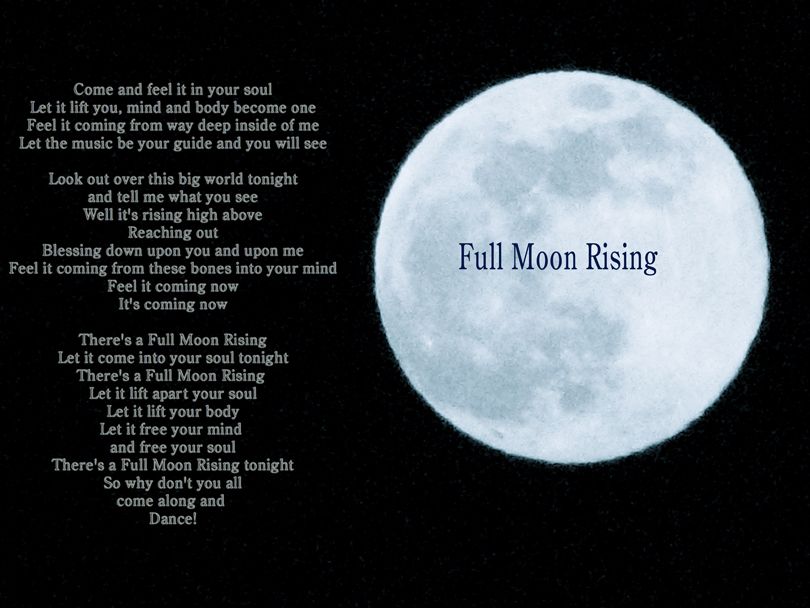 03.2021
03.2021
- american-literature art children
Cheryl
8,993 reviews392 followers
April 1, 2017Like many other Caldecott books, this could also succeed without the words, but in this case they're so lovely to read (and hear) aloud that they enhance the story, imo. Of course I'm already a fan of Henkes and so am predisposed to enjoy this, but I do believe I'd love it even if I hadn't known the author already.
Mir
4,807 reviews4,992 followers
January 3, 2013What a lot of adventures an unsupervised kitten can have!
- picture
July 7, 2009
Kittens First Full Moon is written and illustrated by Kevin Henkes and is a Caldecott Medal Winner (2005). In black and white line drawings it tells the story of a young kitten out to explore during a full moon. Unfortunately for the young cat the moon looks like a big bowl of cream.
The illustrations are done in the style of a graphic novel or manga.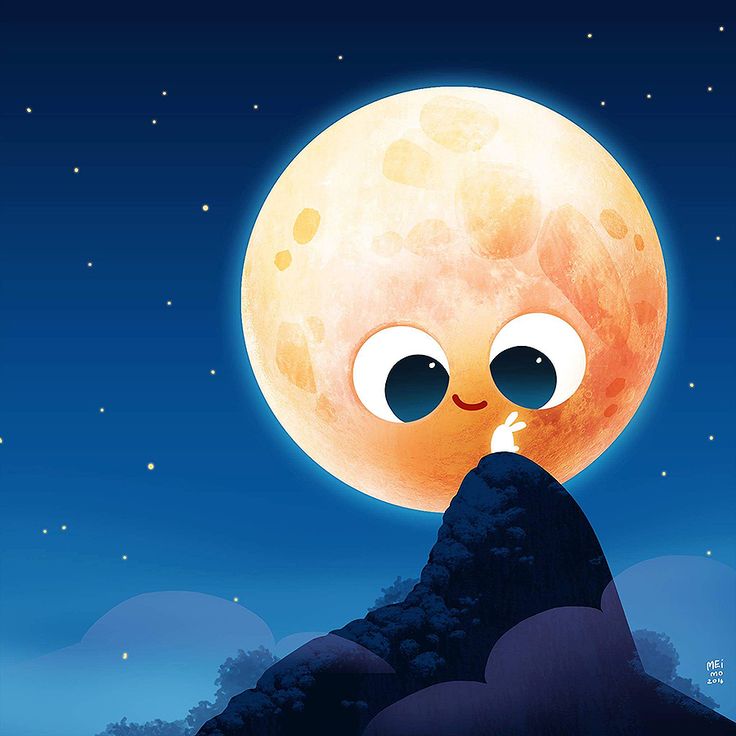 They are bold, expressive and could easily carry the story without the text. Sometimes my daughter just likes to leaf through the book to admire the artwork without having me read the book to her.
They are bold, expressive and could easily carry the story without the text. Sometimes my daughter just likes to leaf through the book to admire the artwork without having me read the book to her.
Kittens First Full Moon is the perfect book for a night time read when we don't have time to read a book to each child. It has the adventure elements that my son enjoys and it has an adorable kitten for Harriet. This book is one that both kids picked out together and it continues to delight them.
- animal pc picture-book
August 26, 2016
My daughter loves "Kitten's First Full Moon", and what's not to love? Kevin Henkes's adorable picture book is about a kitten who sees a bowl of milk in the sky and tries to drink from it. In actuality, it's a full moon, and the kitten's attempts to capture it result in ever-increasing troubles and misadventures. Thankfully, it ends on a high note.
Henkes, who also writes young adult fiction, is apparently an award-winning writer and illustrator of children's picture books as well. This particular one received the Caldecott Award, which awards excellence in children's literature.
This particular one received the Caldecott Award, which awards excellence in children's literature.
I highly recommend this for anyone with a toddler and/or anyone who loves kittens.
- childrens
February 2, 2016
Things I liked:
-kittens (duh)
-expressive, thick, black and white illustrations
-very cute-funny
-the kitten's experiences figuring out what something new is (thinking the full moon is a bowl of milk) is also an experience kids have
-the repetition of "poor kitten" which is really fun to say and then the change to "lucky kitten"
-the repetition of the quest to get it, then "still, there was the little bowl of milk, just waiting"
- american fiction kids
April 19, 2012
Caldecott Medal (2005)
I really wonder about the selection process of the Caldecott award. Is there a specific set of criteria in choosing a winner? This book, much like the 2012 Caldecott winner, "A Ball for Daisy," is a nice enough picture book with a pleasant story that young children will appreciate. But, it isn't especially remarkable.
But, it isn't especially remarkable.
- caldecott-medal children-s-picture-book
November 6, 2009
Grade Level: (K-1) Beginning K would be able to listen and then eventually read and 1 would be able to read independently.
Henkes uses interesting artistic angles in the story. His lack of color provides a nice night time atmosphere. It allows the reader to focus mainly on the kitten and the moon, the two basic things in the story. Also, the moon seems to grow and get larger each page as the kitten appears to try to get closer to the moon. The thick blank lines give the story a child-like, fun appeal. The text in the story is broken up very well so that even new readers don't feel overwhelmed by the large about of text on each page. Also, the use of exclamation points and question marks is a nice addition to a book level that usually doesn't add too many of these points. The child appeal in the story obviously comes a great deal through the kitten.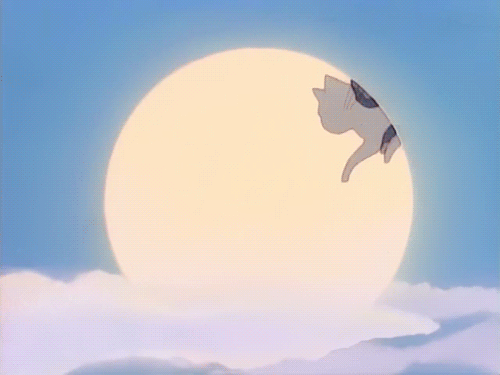 Animals appeal to a wide range of children, and the common story of a kitten and a saucer of milk is known by many children. The "underdog" story comes out in his book as children would root for the kitten to reach beyond and get a hold of the moon (milk). I believe that this was a very effective book for the age range it is meant for. The "cute" kitten story draws the children in, but the quality text and good story line makes it a creditable story.
Animals appeal to a wide range of children, and the common story of a kitten and a saucer of milk is known by many children. The "underdog" story comes out in his book as children would root for the kitten to reach beyond and get a hold of the moon (milk). I believe that this was a very effective book for the age range it is meant for. The "cute" kitten story draws the children in, but the quality text and good story line makes it a creditable story.
Content Connections:
Language Arts and Science
How To Use In Classroom:
I would incorporate this story into a solar system and space study unit in a basic format. As a teacher, the story could be read a loud and then a discussion could be done about the distance of the moon. Could the kitten really reach the moon? Why not?
- pb-caldecott-winners
February 7, 2018
Kitten's First Full Moon by Kevin Henkes was such an adorable book! I love reading Caldecott awarded books because I always know I am going to be reading a great book.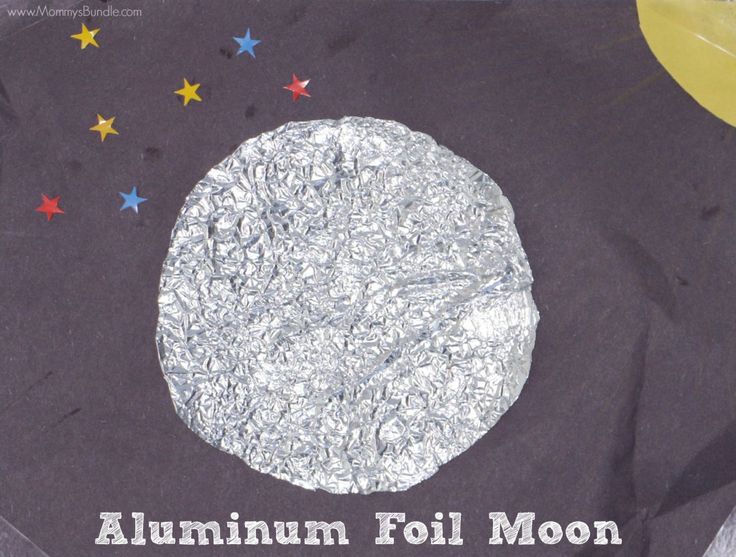 Kitten's First Full Moon was about a kitten who thought the full moon was a bowl of milk and was doing everything in its power to get to the moon. The kitten tried so hard to get to the moon, but every attempt failed. You started to feel bad for the poor hungry kitten, but in the end all of the kittens efforts were awarded when she arrived back to her house with a huge bowl of milk waiting for her.
Kitten's First Full Moon was about a kitten who thought the full moon was a bowl of milk and was doing everything in its power to get to the moon. The kitten tried so hard to get to the moon, but every attempt failed. You started to feel bad for the poor hungry kitten, but in the end all of the kittens efforts were awarded when she arrived back to her house with a huge bowl of milk waiting for her.
Something I thought that was interesting about the book was that all of the illustrations were in black and white. There was not one display of color throughout the entire book. I think one of the main reasons of this is because it was set at night, but also because I think using this technique illustrated how the moon was the only thing that the kitten was noticing. I liked the fact that only black and white was used because it really brought your attention to the moon just like the kitten.
One of the biggest reasons this book made an impact on me because of the determination it showed of the kitten. This would be a great choice to show my students because it teaches them that you should work hard and keep trying even if you have failed attempts. The harder you work for something the more likely you'll achieve it.
This would be a great choice to show my students because it teaches them that you should work hard and keep trying even if you have failed attempts. The harder you work for something the more likely you'll achieve it.
- caldecott
July 12, 2019
I love this book so very much. The story is about a cute, innocent-minded kitten who mistakes the moon for a bowl of milk. This naive kitten captured my heart through the authors illustrations of imagination and curiosity that reminds me of my kitten at home. This story is one that I will definitely read to my children in the future.
February 27, 2017
My baby absolutely loved this book. He swore to help Kitten out of the tree. And he laughed at all the trouble that she went through imagining the bowl of milk. A great bed time story.
October 6, 2018
This book was amazing! I think this would be an awesome way to show that what you’re looking for is usually right there by you.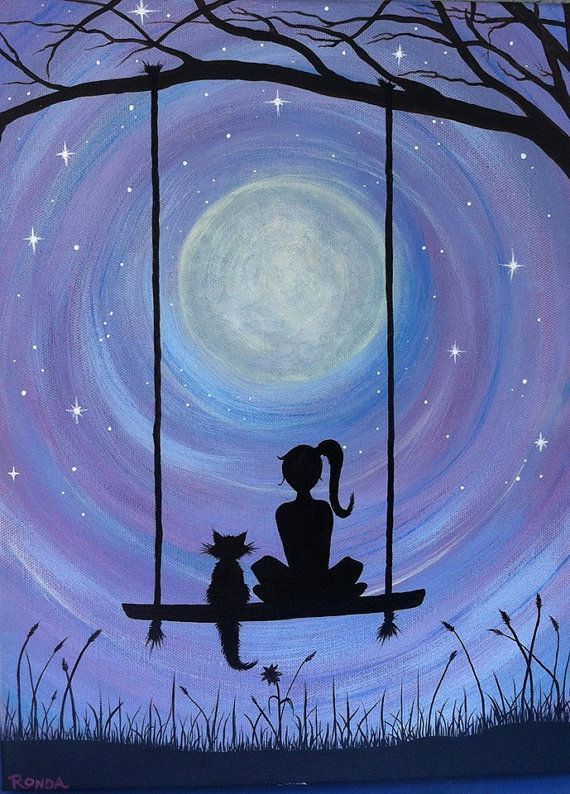 Patience is key. The illustrations in this book are remarkable.
Patience is key. The illustrations in this book are remarkable.
Micah
14 reviews1 follower
October 20, 2022A random book I found for a Reading Bingo challenge. Poor kitten, I could see my little buddy falling into the pond mistaking it for milk.
October 13, 2011
Genre: Picture book—Other
Summary: A kitten sees her first full moon one night and believes it is a bowl of milk. She tries extremely hard to get what she thought was the milk but only fails time after time. Upset, the little kitten goes back home, where there is a bowl of milk waiting for her.
Critique:
a. As being a picture book and a 2005 Caldecott winner, of course the greatest strength of this book is the black and white illustrations. These illustrations are very different from any of the past 10 Caldecott winner books.
b. The strong point about the illustrations in this book is that they show the readers a different way to demonstrate illustrations. Usually, readers see a variety of colors in a book but in this book we see black, gray and white throughout the whole book. You would think illustrations in those colors would be boring but the illustrator does a fine job with shading to make the illustrations stand out and show realism. Another strong characteristic of the illustrations in this book is that they look like they are freshly drawn. Meaning, the illustrations looks like the illustrator has drawn them directly in the book.
Usually, readers see a variety of colors in a book but in this book we see black, gray and white throughout the whole book. You would think illustrations in those colors would be boring but the illustrator does a fine job with shading to make the illustrations stand out and show realism. Another strong characteristic of the illustrations in this book is that they look like they are freshly drawn. Meaning, the illustrations looks like the illustrator has drawn them directly in the book.
c. To show these fantastic illustrations, page 12 shows a great deal of shading throughout the picture to show the readers the different realistic places the kitten was traveling. We see a lot of black and white as well as shading throughout the illustrations in which represent the same effects in colored pictures. The shading of these illustrations like on page 22 give the illustration the realistic look of the kitten being in the pond. We see shading all around the kitten to show the effect of the water and its movements and also the drips of water falling off the kitten’s ear.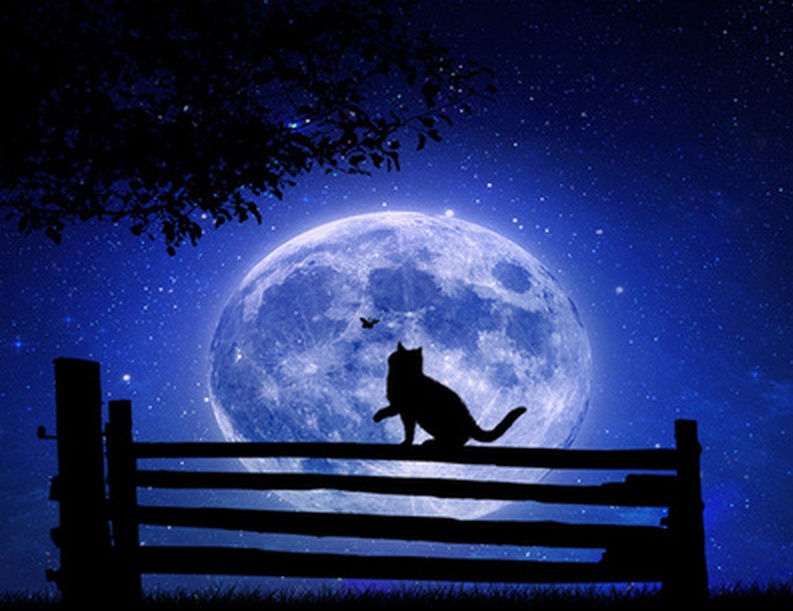
Curriculum Connection:
As this book is for younger students, a lesson about the shapes throughout the book would be a good lesson to connect with students. Also, sequence of events is another lesson that students could learn from when reading this book. As this book is very easy to read and also does not show a lot of color, teachers could work on student’s pronunciation of words. Or it could be use just for fun- as this is an extremely cute book about a lovable little kitten that is having a hard time.
February 4, 2013
Have you ever wanted anything that is just a little out of your reach? If so, “Kitten’s First Full Moon” is the perfect book for you. This children’s picture book is about a little kitten that sees its first full moon. The kitten believes the moon is a bowl of milk and will go to great lengths to get the milk. As you can imagine, the kitten encounters some difficulties in this task. Henkes uses both humor and sensitivity to tell this story about a lovable kitten.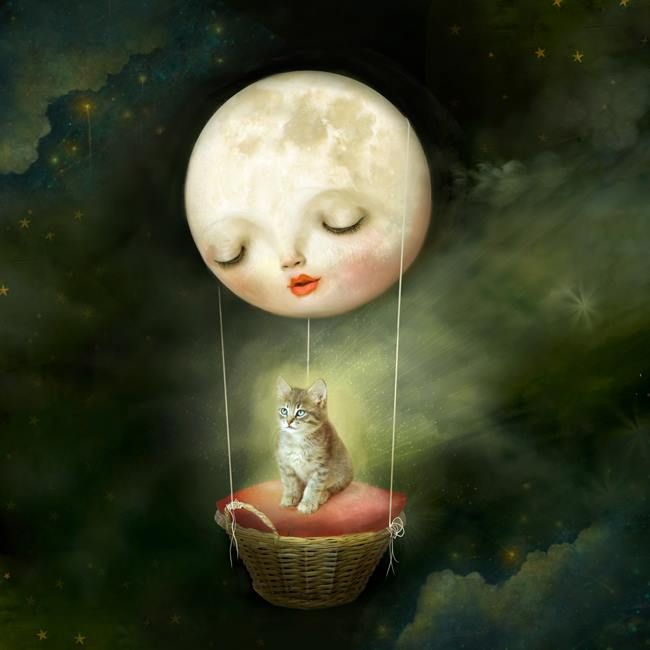
My understanding of the overall theme of this book is to address the issue of wanting what we cannot have. Henkes does this by telling the story of all the struggles the kitten faces while trying to get this out-of-reach “bowl of milk”. In the end, the kitten’s hard work does pay off, but not exactly in the way that the kitten had hoped.
The illustrations, although they are all black and white, are quite beautiful. The thick black lines and shades of gray perfectly guide the story of the kitten’s nighttime adventure. The illustrations compliment the text nicely in this story.
This book would be best for students in pre-school-first grade. The theme and text are both quite simple. It would be great to use as a read-aloud with the very young children and also a good book for beginning readers to try. The text contains some word patterns, which will help with predictability for those just learning to read.
This book won The Caldecott Medal in 2005 and it is sure to be a crowd-pleaser thanks to the curious personality of this adorable little kitten. This would be a great book to use with young students in the classroom setting to work on making connections. The students could also learn lessons about not always being able to get exactly what we want. This award winner brings a lot to the table for the young learners.
This would be a great book to use with young students in the classroom setting to work on making connections. The students could also learn lessons about not always being able to get exactly what we want. This award winner brings a lot to the table for the young learners.
- picture-books
November 11, 2009
(Pre-K - 1st grade)
I really enjoyed the simplicity of this book. The text was big and easy to read. The simple repetition of this book made some parts predictable. The author's use of dynamic balance was visible throughout the book as well. The pictures in this book were made using many simple, geometric shapes. I think that the author's choice of black and white pictures complimented this book well. There were also parts in the story where each step kitten made was detailed in the pictures. This story tells of kittens desire for adventure and something "new". At the end of the day, however, kitten returns to what is familiar and most comforting to her - home!
Related Content Areas:
Science, Fine Arts, Language Arts
Lesson Idea:
Since this story talks about the full moon, the teacher could use this story as an introduction to the different phases of the moon. The students could learn how to recognize the different phases based upon what they look like. They could even do a month long project where they go outside at the same time each night and draw the moon as they see it. At the end of the month, the children could look at how their drawings transformed over the month. The teacher should see if the children can recognize each phase using their drawings.
The students could learn how to recognize the different phases based upon what they look like. They could even do a month long project where they go outside at the same time each night and draw the moon as they see it. At the end of the month, the children could look at how their drawings transformed over the month. The teacher should see if the children can recognize each phase using their drawings.
- pb-caldecott-winners
December 1, 2016
• Book summary
-This story is about a kitten that saw a full moon for the first time. She believed the moon was a bowl of milk. She tried and tried to reach the bowl of milk, with no luck. After jumping into a reflection made in water, she gave up and walked home. She returned home and was thrilled to see a little bowl of milk waiting for her.
• Caldecott Medal
• Grade level, interest level, Lexile
-K-2
• Appropriate classroom use (subject area)
-This story can be used to teach children to never give up.
• Individual students who might benefit from reading
-Children that enjoy reading about animals will enjoy practicing reading.
• Small group use (literature circles)
-Children can take turns reading a page from the book and analyze the different ways the kitten tried to reach the moon.
• Whole class use (read aloud)
-Students can take turns explaining why the kitten couldn’t reach her bowl of milk in the sky.
• Related books in genre/subject or content area
-Kevin Henkes has multiple other books with the same overall topic of watching the moon. Fun to read and engage in the story to make you wonder.
• Multimedia connections
-Only available in hardcover.
- my-books reading-4050
February 1, 2010
Kitten’s First Full Moon by Kevin Henkes was the 2005 Caldecott Medal winner. I gave this book five stars. This picture book is intended for readers from preschool to grade two but its themes are universal. The book follows kitten in her many attempts to find that big bowl of milk, which happens to be the moon. She runs, she jumps, she climbs, but to no avail. However, when finally returning home, she finds that dish of milk waiting for her, and she is happy. This book symbolizes our determination to keep trying even in the face of defeat, even if we aren’t clear on what we are exactly after. If we keep trying, ultimately, we can find success and happiness. The illustrations in this book are black and white, which I think is intended to make the story universal. The challenge and characters may change, but we are all must keep trying, no matter what. Even if we get down on ourselves, we can still find triumph, even if it is right back where we started. I think young readers will connect to kitten’s attempts and find humor in it. Clear connections can be made to readers of all ages that we must never give up.
The book follows kitten in her many attempts to find that big bowl of milk, which happens to be the moon. She runs, she jumps, she climbs, but to no avail. However, when finally returning home, she finds that dish of milk waiting for her, and she is happy. This book symbolizes our determination to keep trying even in the face of defeat, even if we aren’t clear on what we are exactly after. If we keep trying, ultimately, we can find success and happiness. The illustrations in this book are black and white, which I think is intended to make the story universal. The challenge and characters may change, but we are all must keep trying, no matter what. Even if we get down on ourselves, we can still find triumph, even if it is right back where we started. I think young readers will connect to kitten’s attempts and find humor in it. Clear connections can be made to readers of all ages that we must never give up.
- picture-books
February 22, 2014
Description: Kitten witnesses her first full moon and beings a quest to catch what she thinks is a giant bowl of milk in the sky.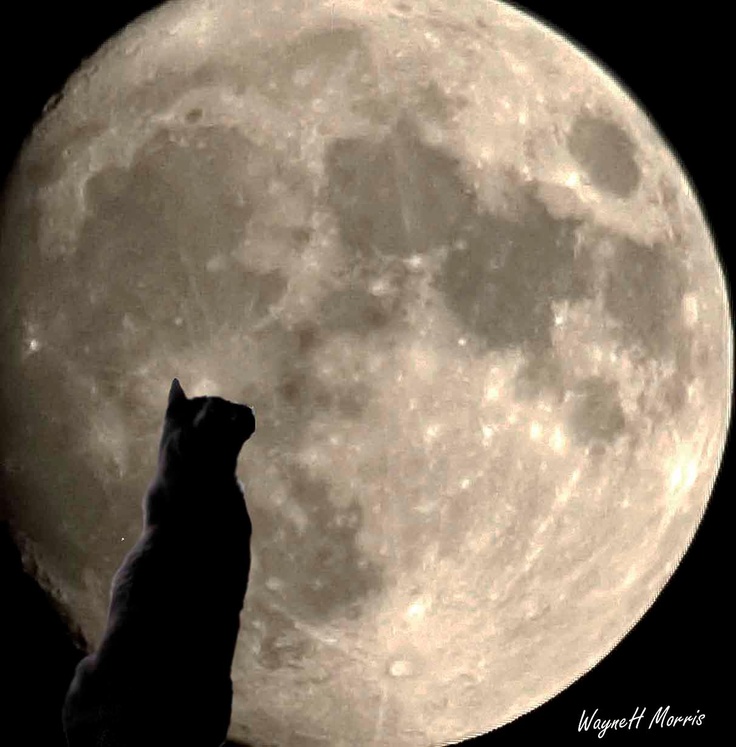
Genre: This picture book is fiction
Intended Audience: Preschool - 1st Grade
Curriculum Connection: Because of the obstacles and surprises that kitten faces, I would use this book to show children how to make predictions. As each new situation presents itself to kitten, I would stop and have students guess the outcome. After the first few, their predictions will become more obvious since they know what is tending to happen to the kitten.
Personal Reaction: I thought that this was a very funny book for young children. They will laugh at the wet cat and when she catches the bugs in her mouth. Also, the images of the cat at each new surprise is silly and young children will love it and will remain engaged.
Assessment of Visual Appeal: This is a book completely in black and white tones. Because of this, the cat and the moon, which are both white, stick out as the important objects of the story. I loved how the moon was on every page, a reminder to us and to kitten that that is the ever-present goal for this cat.
- libs-642
Jen
18 reviews
February 8, 2017I found this book through the ALSC Website. It was the winner of the Caldecott Medal and the Charlotte Zolotow Award. The story starts off with a kitten that sees a full moon for the first time and thinks it is a big bowl of milk. Determined to drink the milk, Kitten tries many different ways to get to it such as sticking out her tongue, jumping, or chasing it. In the end the exhausted kitten does not get the milk in the sky but comes back home to a nice big bowl of milk.
Kevin Henkes breaks away from his typical colorful illustrations and uses only black and white pictures to tell the story. The pictures still come alive as you read the book through the use of shading and thick lines. He alternates between showing Kitten attempting to get the milk with many pictures to her waiting, with a mostly white background. Kitten travels across the pages as the determination and sadness on her face shows the reader that she is not giving up easily. Young readers will enjoy the silliness of Kitten thinking the moon is milk and feeling satisfied at the end when she gets what she wanted all along.
Young readers will enjoy the silliness of Kitten thinking the moon is milk and feeling satisfied at the end when she gets what she wanted all along.
- picture-books
Heidi
624 reviews2 followers
March 18, 20203.8 stars
I first read this picture book as an
adult.
The illustrations are nice and attractive
and appropriate. Actually, they are
quite beautiful in a way.
The storyline is good--not great.
The fact that the illustrations are
in black and white really works for this
particular book. Color illustrations
would really not work in this book.
I thought this storybook was good--
not great. If I had read it when I was
younger it probably would have appealed
to me more. I think that most young
children would really like it.
- childrens-picture isuh
Read
September 22, 2018In the humorous book Kitten's First Full Moon by Kevin Henkes we follow kittens journey through the night in the quest to reach a bowl of milk. This book is great for beginning readers, or anyone who loves cats!
This book is great for beginning readers, or anyone who loves cats!
- adventure animal award-winners
irish
14 reviews6 followers
September 25, 2021ive been in a HUGE reading slump, so im trying to read again :)
Displaying 1 - 30 of 2,383 reviews
More reviews and ratings
Kitten in the house: first week with you
Moving a kitten to a new home is an exciting event and at the same time a great test for the pet, as he leaves his familiar environment, mother and other kittens. To help him get comfortable, remember a few important rules.
What you need to know about caring for a kitten
If you want to have a kitten, there are many factors to consider. Before you bring a pet, you need to carefully prepare and learn how to spend the first day with him (for example, what to feed him).
During the first week, we recommend to accustom the kitten to the daily routine, as well as take him to the veterinarian and start socializing your pet. In addition, it is important to know how to introduce your kitten to your other pets, friends, relatives and children, as well as organize his first trips to the street after vaccination.
In addition, it is important to know how to introduce your kitten to your other pets, friends, relatives and children, as well as organize his first trips to the street after vaccination.
Are you ready to take your kitten home?
It is important to prepare for the appearance of a kitten in the house. Make sure your home is safe for your kitten and have everything you need ready: a bed, food and water bowls, a litter box and toys.
You will also need a cat carrier and food that the previous owner fed the kitten. It will be helpful to find a veterinarian you trust in advance and schedule a visit a few days after your kitten arrives.
The first day of a kitten's life in your home
Kittens are very sensitive to any changes, so it is extremely important to be careful when a new pet enters the house. These important tips will help your kitten cope with the change.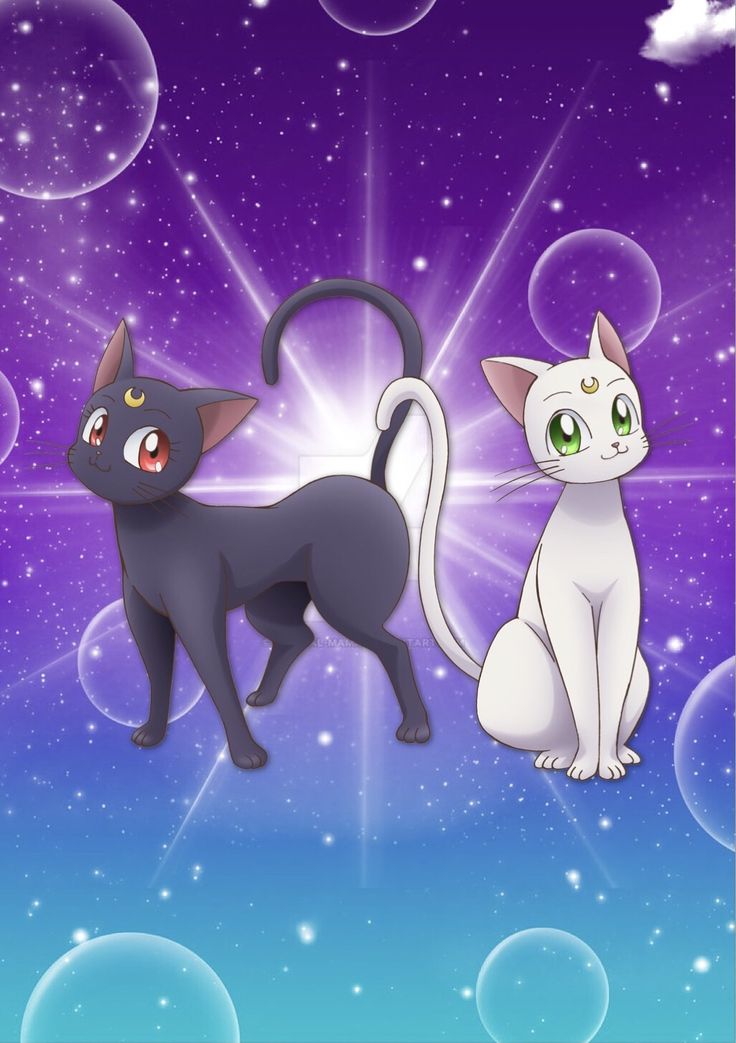
1/6
Maintain peace and quiet in the home
New sights, sounds, and smells in the home, as well as separation from the mother, can be stressful for a kitten. Therefore, silence and tranquility should be observed in the house.
2/6
Let the kitten explore its surroundings
When you get home, place the carrier in the room prepared for the kitten and open the door. Let the kitten explore the space at its own pace and try not to touch it during this time.
3/6
Show the kitten his bed
After the kitten has explored the room, he may want to rest, so show him the bed and do not insist on playing. Make sure the kitten knows where his litter box is.
4/6
Monitor your kitten
Your kitten may be shy at first, but will soon want to explore its surroundings. If you have taken care of the pet's safety, let him do this research, but continue to monitor him. You can also keep him safe in a separate room with windows for the first few weeks while spending a lot of time interacting with him.
You can also keep him safe in a separate room with windows for the first few weeks while spending a lot of time interacting with him.
5/6
Stay close
Don't leave your kitten alone for long periods of time until he is four months old. To help your kitten learn to be alone, leave him alone for five minutes every hour and gradually increase the amount of time you are away. Representatives of some breeds especially need company, in such cases, you can think about taking two kittens at once.
6/6
Give your pet the opportunity to be alone
Cats need their own territory, divided into zones for feeding, resting, grooming (toilet) and playing. Observe how the kitten uses the space and rearrange if necessary to make it comfortable. For example, you can raise his bed or move the litter box away from the food bowl.
Kitten's first night in your home
In a new place, kittens are often restless, and in the first two or three nights they may meow at night.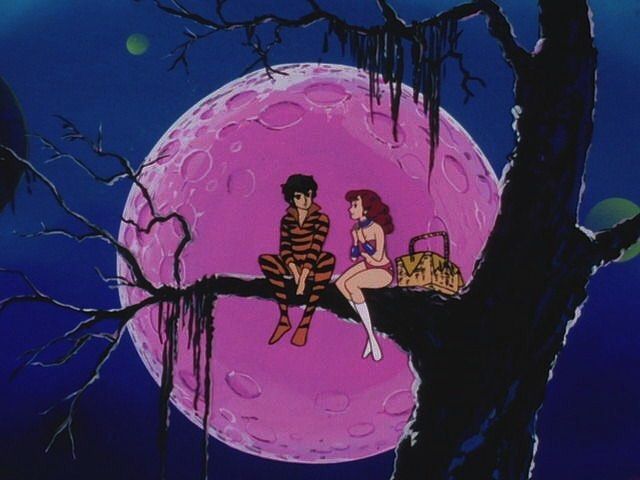 Here are some tips on how to help your kitten settle in.
Here are some tips on how to help your kitten settle in.
Provide a safe place to sleep
Place the kitten bed in a cozy, quiet place with a blanket. Make sure the kitten has access to water, food and a litter box. Turn off the lights in the room where the kitten sleeps. This will help set the sleep pattern for your pet. On the first night, leave a night light on to help the kitten adjust to the new territory.
Kittens need a lot of sleep to stay healthy and feel good. Take care of a quiet and peaceful place where they can relax, feeling safe. Kittens can sleep up to 20 hours a day, and adult cats up to 18 hours.
Kitten's healthy eating and eating habits
The first feeding of a kitten is an important step in building your relationship. To be sure that everything is going well, you need to understand what the needs of the kitten are.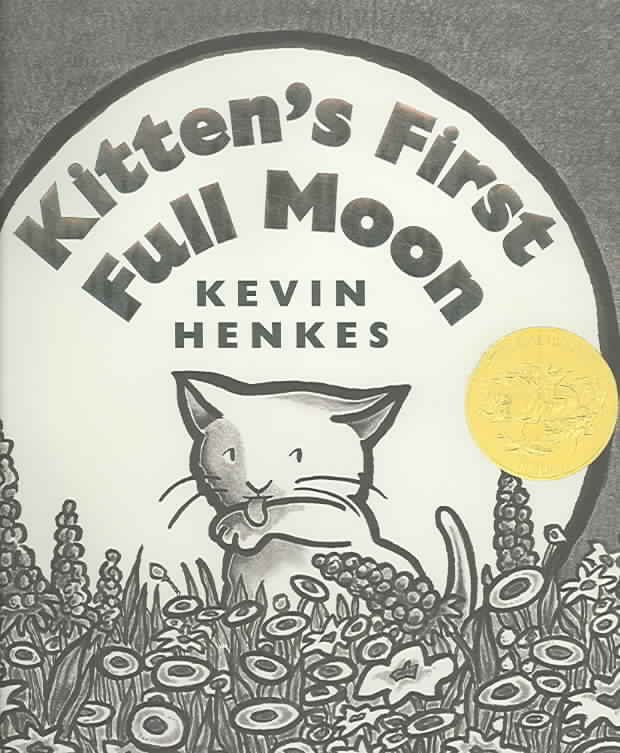
Find out more about feeding and feeding your kitten
Your kitten's diet should contain all the nutrients it needs to develop at every stage of life. Therefore, it is necessary to carefully choose the food and change the portion size as the kitten grows.
Feeding a kitten
How to transfer a kitten to a different diet correctly and without harm to health
The digestive system of kittens is very sensitive, and any sudden changes in nutrition can provoke disturbances in its work. If you decide to switch your kitten to another food, it is very important to do it carefully and gradually to avoid digestive upset. Check out our guide to safely transitioning your kitten to a different food.
Kitten Nutrition Issues
1/3
Taking your kitten to the veterinarian
A few days after the kitten arrives in your home, it should be taken to the veterinarian.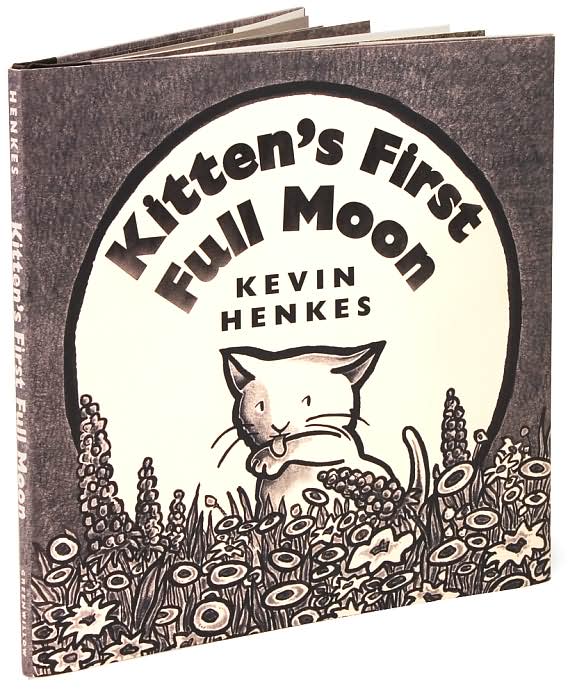 The veterinarian will assess the health of the kitten, conduct a complete examination, and also suggest a vaccination schedule. You can get advice on feeding, deworming and other issues.
The veterinarian will assess the health of the kitten, conduct a complete examination, and also suggest a vaccination schedule. You can get advice on feeding, deworming and other issues.
2/3
Traveling by car
You may need to take your kitten to the vet, so it is important that he is prepared for this journey. If you did not pick up a kitten by car, in the first week of life with you it is worth taking it with you on a trip. First make sure that the kitten is comfortable in the carrier, and then let them get used to the car without starting the engine. Once the kitten is used to it, start the engine and move off smoothly.
3/3
Use a kitten carrier
The safest way to pick up a kitten is to use a kitten carrier. If you haven't, it's important to introduce your kitten to the carrier as early as possible so that they feel comfortable during their visits to the veterinarian. You can even teach a kitten to sleep in it, because it is cozy and safe there.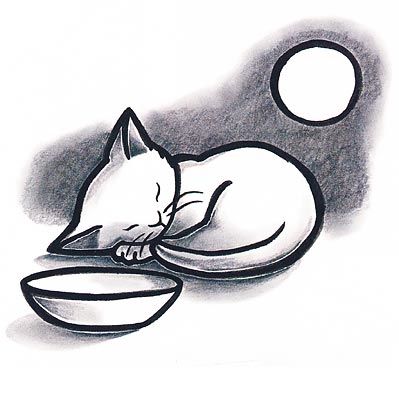
Kitten socialization
Socialization should begin as early as possible to avoid the formation of unwanted habits and help the kitten grow into a confident and balanced cat. Learn how to socialize a kitten.
Kitten socialization
Kitten's first visit to the vet
After a few days of your kitten's stay, it is very important to take him to the vet. If you prepare properly for your visit to the clinic, this event will not cause stress for the kitten, and you will have the opportunity to learn more about caring for him.
First visit to the veterinarian
Kittens may feel insecure in their new home, but there are ways to help them settle in. Always move slowly and carefully, and be very gentle when handling the kitten. Speak softly and reassure him constantly as you explore new places, sounds, and smells. Also, try to keep the number of visitors to a minimum at first.
How to introduce a kitten to children, adults and pets
Kittens can easily get excited and frightened when they meet other animals and people, so proper introduction is very important.
Introducing your kitten to other animals
Your kitten's daily routine
The first days and weeks spent in your family will help the kitten adapt to new conditions and play an important role in the development of the pet and the formation of communication skills. Here are some examples of how to give your kitten the best start to life in your family.
1/3
Physical activity
One of the most active periods for cats is twilight. Your kitten will enjoy playing with you during this time, and this will help induce fatigue for the transition to sleep. Another period of activity for cats is dawn. If you don't like getting up early, get a food puzzle to keep your kitten entertained in the early morning.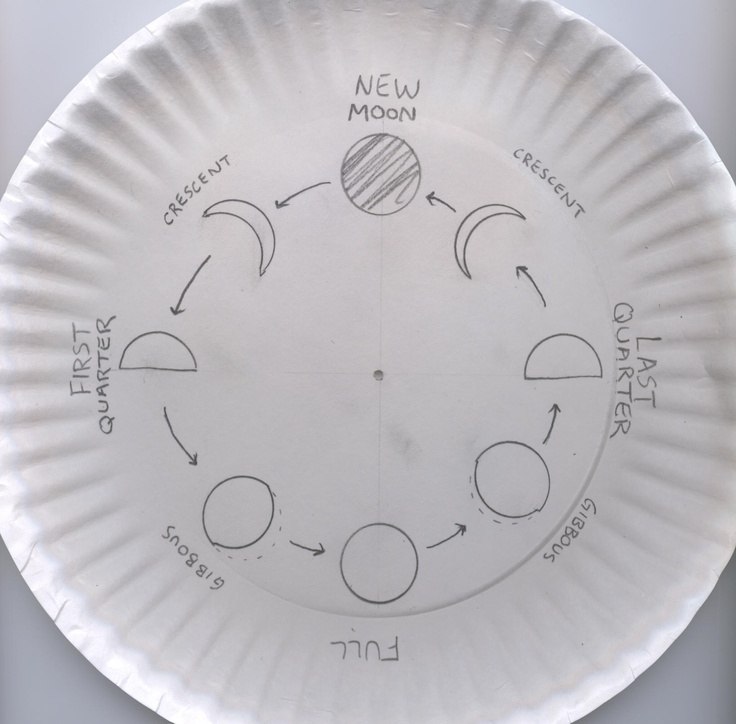
2/3
Positioning the bed
Position the bed where you plan to keep it for the rest of your pet's adult life, because it will be difficult to change the bed later. While your kitten's bed should be in a quiet area, it's best if it's close enough to where you're most likely to be, as he enjoys watching you.
3/3
Sequence
Make sure your kitten has everything she needs, such as access to a litter box, fresh water, food, a favorite toy, and bedding. Then give him a signal to sleep, such as turning off or dimming the lights. The first few nights he may meow, but soon he will remember that you will return in the morning and get used to the routine.
Kittens can go outside under supervision after revaccination at about four months of age. They are not ready to go for a walk on their own until they are six months old.
In addition to fully vaccinating the kitten, you must also ensure that:
- the kitten can be identified by a microchip or a tight-fitting collar with an address tag;
- your garden is safe for a kitten;
- you know what favorite toys or treats you can use to lure him into the house.

Before releasing a kitten outside without supervision, it must also be neutered or spayed to prevent unwanted offspring.
A kitten's first time outdoors can be intimidating, but there are several ways to calm your cat and provide him with positive emotions:
- wait for a calm moment and make sure that children and other pets are away at this time;
- select the time before feeding to motivate the kitten to return home with the help of food;
- walk with the kitten so that he does not get lost while getting to know the area;
- If you are walking around your backyard, leave the door to the house open so that the kitten can see how to get back inside.
Kitten Range
ROYAL CANIN® Kitten Dry and Wet Foods support the immune system, digestive health, growth and development of kittens by providing them with the vital nutrients they need in their first year of life.
Kitten food
Preparing a kitten at home
Canine distemper in cats
Necessary items for a kitten
Feline infectious peritonitis
Rhinotracheitis of cats
How do cats give birth?
How to feed a kitten without a mother?
How to help a kitten stay fit
Kitten hygiene and grooming tips
Endoparasites in cats
Introducing a kitten to members of your family
Medical myths. Can a full moon drive you crazy?
- Claudia Hammond
- BBC Future
Sign up for our 'Context' newsletter to help you understand what's going on.
Image copyright Thinkstock
Many people believe that the moon can influence human behavior - hence the word "lunatic". Correspondent BBC Future found out if this ancient belief has a scientific basis.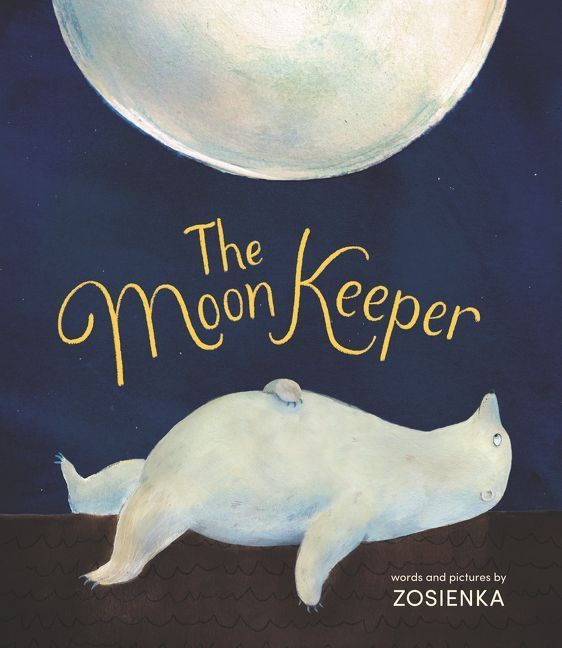
On the full moon, as you know, werewolves and vampires go hunting. The belief that ordinary people, under the influence of the Moon, can also slightly lose contact with reality, arose many millennia ago and spread widely.
(Similar articles from the "Journal" section)
If you ask the police or ambulance workers, some of them will surely say that there are more accidents, attacks and insanity on the full moon. In 2007, the police in the English resort town of Brighton even recruited additional officers during full moons.
The ability of the Moon to influence human behavior is undoubtedly a popular topic. It formed the basis not only of myths and fairy tales, but also of hundreds of scientific studies. Last summer, during the experiment, subjects who slept in the laboratory rated the quality of their sleep 15% lower if that night fell on a full moon - even though they did not see either the moon itself or additional light from it. In addition, it took them an average of five minutes longer to fall asleep.
In addition, it took them an average of five minutes longer to fall asleep.
This study attracted a lot of media attention, but only 33 people took part in it, and even the authors themselves were in no hurry to draw far-reaching conclusions from its results.
A meta-analysis that considers the results of multiple experiments can provide a more reliable statistical basis. In 1985, American psychologists James Rotton and Ivan Kelly used this approach. They analyzed data from 37 studies of the influence of the lunar cycle on humans and concluded that the moon has nothing to do with the number of mental exacerbations, murders, suicides, road accidents and crimes.
Skip Podcast and continue reading.
Podcast
What was that?
We quickly, simply and clearly explain what happened, why it's important and what's next.
episodes
The End of the Story Podcast
While examining anecdotal evidence claiming such a connection, they noticed that there could be other explanations for this relationship - for example, the full moon fell on holidays or weekends, when the criminal situation in general becomes more complicated. Research linking the full moon to unrest has been countered by an equal number of studies that have noted a drop in crime during the full moon. Rotton and Kelly came to the conclusion that the collected statistical data did not allow us to confidently predict the behavior of people. When they included the phase of the moon in their calculations, the accuracy of their predictions improved by only 1%.
Since then, other studies have also been conducted with mixed results. In 1992, an analysis of 20 works on the influence of the phase of the moon on the number of suicide attempts did not find any proven relationship between these phenomena.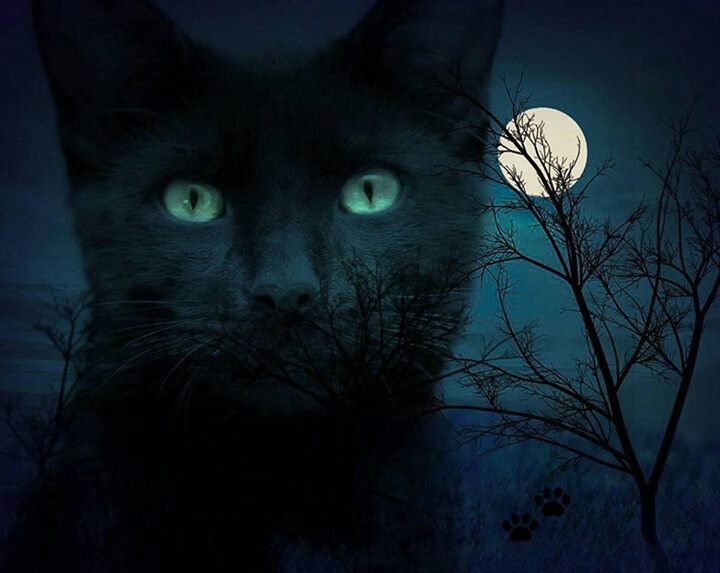 Again, those scientists who saw such a connection did not take into account other factors: for example, certain days of the week.
Again, those scientists who saw such a connection did not take into account other factors: for example, certain days of the week.
Image copyright Thinkstock
Image captionEveryone knows that the full moon is the time for werewolves. But what about the impact on ordinary people?
Perhaps one of the reasons for the popularity of the theory of the influence of the moon on humans is the way scientific journals work. They are more likely to publish studies where the authors claim a positive result than those where no relationship between factors can be found. So no one knows how many works debunking the popular myth of the full moon are gathering dust in the editorial archives.
One more question: how exactly can the Moon influence behavior? One theory says that the Earth's satellite attracts fluids in the human body in the same way as water during ocean tides. But the Moon is much smaller than the Earth, and its attraction is much weaker.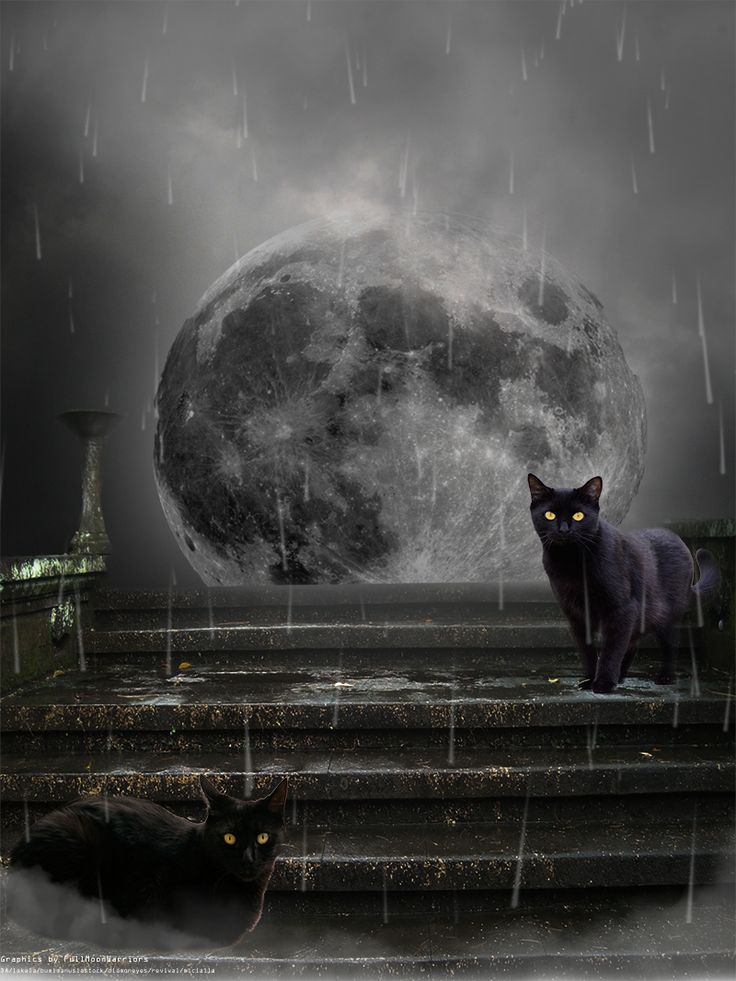 In addition, the strength of the lunar gravity does not depend on the phase. There is also an assumption that moonlight can affect a person. But its intensity during the full moon is four times less than that of a candle.
In addition, the strength of the lunar gravity does not depend on the phase. There is also an assumption that moonlight can affect a person. But its intensity during the full moon is four times less than that of a candle.
What about the biting animals, ask the proponents of the lunar theory? Doctors at the Bradford Royal Hospital in the north of England studied two years of medical data and found that twice as many patients were admitted to the hospital with dog, cat, rat and horse bites on full moons than on new moons. But with what it was connected, it was not possible to establish. It was not even clear if all these bites happened in the dark.
Experts have suggested that the full moon may not directly affect animals, but the parasites that live on their skin. However, another study was published in the same issue of the scientific journal - scientists analyzed the annual statistics on dog bites in Australia and found that if you take into account the days of the week, then the full moon ceases to be a statistical factor.
So, there is very little convincing scientific evidence of the influence of the Moon on behavior. So why are so many people convinced that this connection exists? Perhaps the point is the so-called confirmation bias - a person tends to notice and remember information that corresponds to his beliefs. A police officer or an emergency doctor notices the full moon - and links it to the fact that the night has turned out to be tense. If a thin sickle hung in the sky, it is unlikely that the servant of the law would notice it or draw any conclusion.
How could this myth have arisen? There is an interesting theory: as long as mankind invented street lighting, homeless people prone to mental disorders could be prevented from sleeping by the bright light of the full moon, which in turn could provoke exacerbations.
There is also an opinion that the full moon affects only some people, and therefore studies of a general nature allegedly cannot give correct results.







